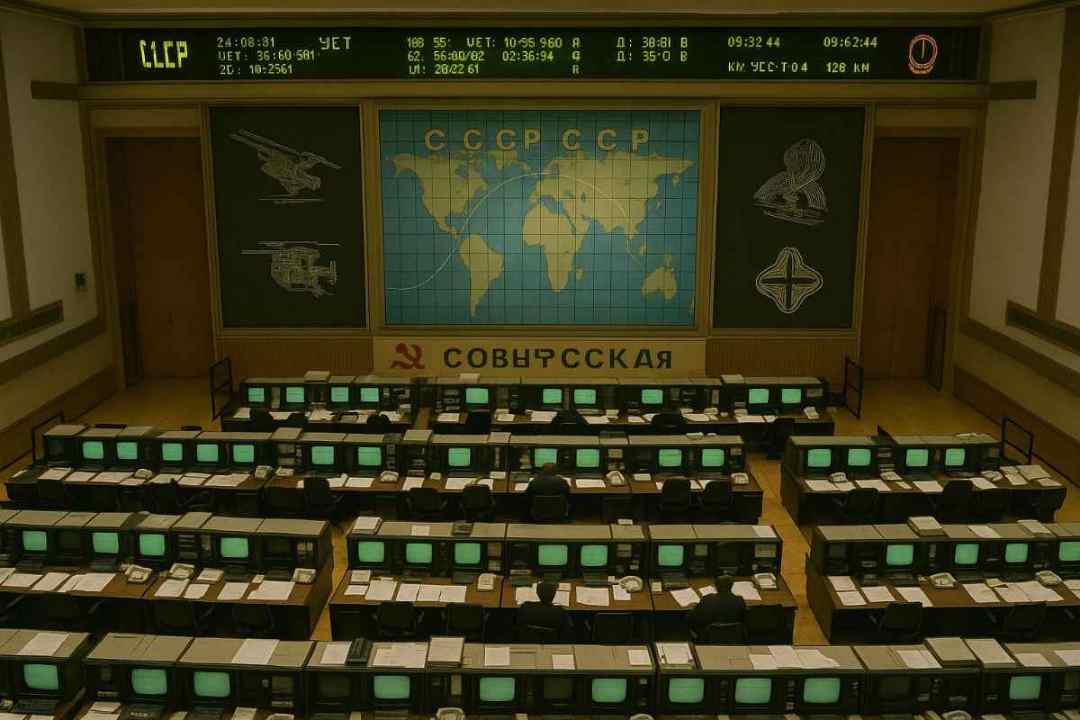
Technology & Innovation
The groundbreaking technological achievements that powered Soviet space exploration.
Key Innovations
Propulsion Systems
- Staged combustion cycle engines
- Hypergolic propellants
- Electric propulsion for satellites
Control Systems
- Automated docking systems
- Onboard computers
- Navigation systems
Life Support Systems
Environmental Control
- Air Regeneration: Advanced CO₂ scrubbing and O₂ generation
- Thermal Control: Multi-layer insulation and heat exchangers
- Pressure Systems: Maintaining Earth-like atmosphere
Water Recovery
- Elektron System: Water electrolysis for oxygen generation
- Vozdukh System: CO₂ removal and processing
- SRV-K System: Water recovery and purification
Waste Management
- Waste Management: Advanced containment and processing
- Rodnik System: Water storage and distribution
- ASU System: Urine processing and recycling
Advanced Life Support Statistics
System Performance
- Water Recovery: 98% efficiency
- Oxygen Generation: 5-7 person capacity
- CO₂ Removal: 99.7% efficiency
Operational Records
- Continuous Operation: 15+ years on Mir
- Crew Support: Up to 6 people simultaneously
- Reliability: 99.9% uptime
Advanced Technologies
The Soviet space program developed numerous groundbreaking technologies that pushed the boundaries of what was possible in space exploration.
Automated Systems

The Soviet program pioneered automated spacecraft systems, achieving many firsts in autonomous operations.
Key Achievements
- Kurs System: First automated docking
- Luna Program: Automated sample return
- Venera Series: Autonomous planetary exploration
Technical Specifications
- Accuracy: ±2cm docking precision
- Range: Operation from 200km
- Reliability: 99% success rate
Materials Science
Soviet engineers developed numerous advanced materials for spaceflight applications.
- Thermal Protection: Materials capable of withstanding 2000°C
- Radiation Shielding: Multi-layer protection reducing exposure by 98%
- Composite Materials: First carbon-carbon composites for spacecraft
Communication Systems
Advanced communication technologies enabled reliable contact with spacecraft across vast distances.
- Deep Space Network: Global tracking station network
- Data Transmission: First digital space communications
- Telemetry Systems: Real-time spacecraft health monitoring
Scientific Equipment
The Soviet space program developed sophisticated scientific instruments for space research:
Research Equipment
- KRT-10 Radio Telescope: 10-meter space-based radio telescope
- Kristall Module: Materials processing laboratory
- BST-1M Telescope: UV and X-ray observations
Experimental Facilities
- Splav Furnace: Zero-gravity metallurgy experiments
- Biogravitat: Plant growth studies in space
- Svetoblok: Photobiological research facility